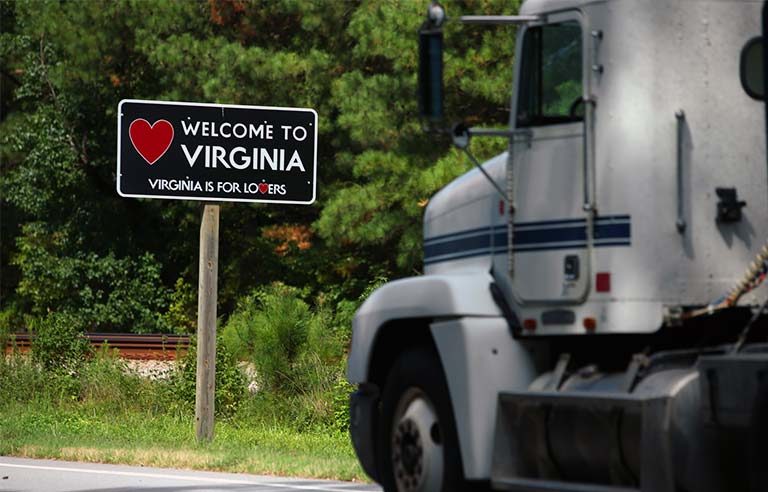Pilot program will allow CDL holders younger than 21 to drive trucks across state lines

Washington — Commercial motor vehicle drivers younger than 21 will be allowed to operate interstate under an apprenticeship pilot program established by the Infrastructure Investment and Jobs Act, signed into law Nov. 15 by President Joe Biden.
Lawmakers have tried to establish the employer-based program via standalone congressional bills a combined four times, including legislation introduced this past March in the House (H.R. 1745) and Senate (S. 659). Those bills were known as the Developing Responsible Individuals for a Vibrant Economy Act, or DRIVE Safe Act. None of the previous bills made it out of the Senate Commerce, Science and Transportation Committee or the House Highways and Transit Subcommittee.
Forty-nine states and the District of Columbia have allowed 18- to 20-year-olds to obtain commercial drivers’ licenses and operate large commercial vehicles. Those drivers, however, weren’t permitted to operate across state lines, even to cross the Ohio River from New Albany, IN, to Louisville, KY, as noted by Rep. Trey Hollingsworth (R-IN) in a March press release. That same driver, though, could travel 260 miles from New Albany to South Bend, IN.
| Sign up for Safety+Health's free monthly email newsletters and get the news that's important to you. |
Under the law, participants in the apprenticeship program must complete at least 400 hours of on-duty time and 240 hours of driving time accompanied by an experienced driver. That driver can’t be younger than 26 years old, must have held a CDL for at least two years, must have driven a CMV for at least five years in interstate commerce, and must not have had any “preventable accidents” or pointed moving violations.
Additionally, an apprentice can drive only CMVs that have an automatic or automatic manual transmission, an active braking collision mitigation system, a forward-facing video event capture system, and a governed speed of 65 mph – either at the pedal or via adaptive cruise control.
Post a comment to this article
Safety+Health welcomes comments that promote respectful dialogue. Please stay on topic. Comments that contain personal attacks, profanity or abusive language – or those aggressively promoting products or services – will be removed. We reserve the right to determine which comments violate our comment policy. (Anonymous comments are welcome; merely skip the “name” field in the comment box. An email address is required but will not be included with your comment.)

